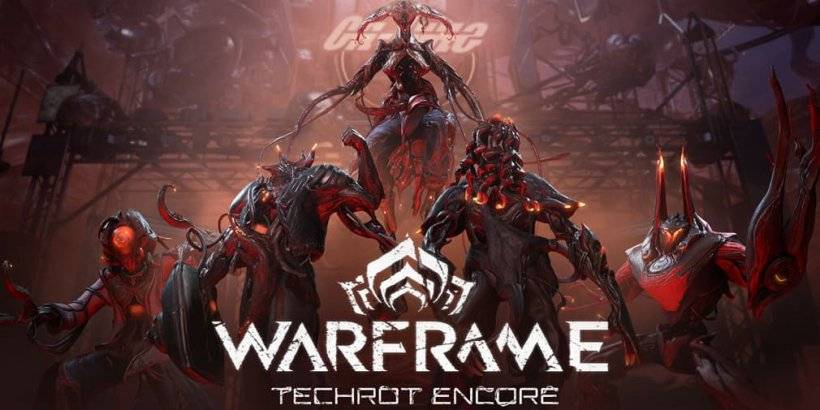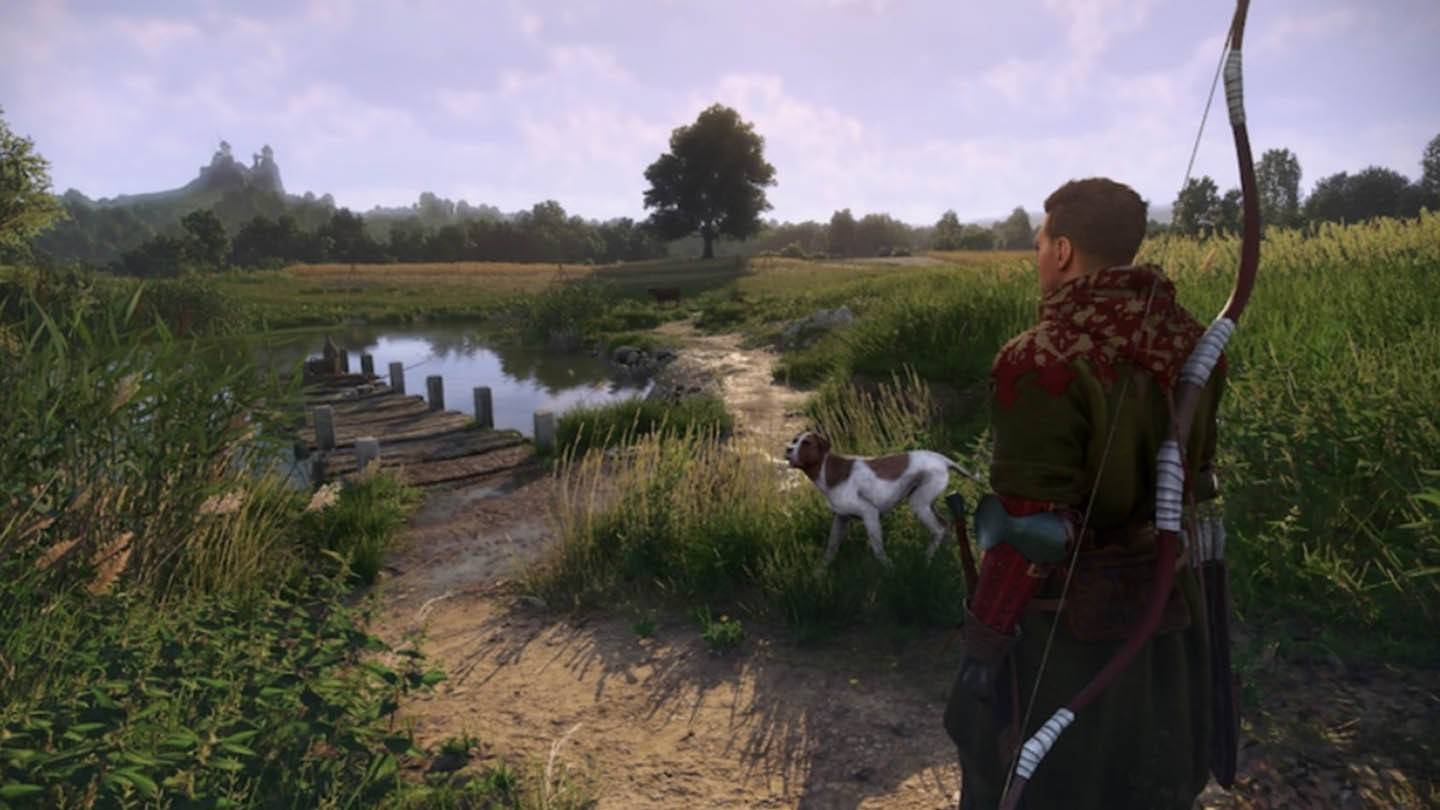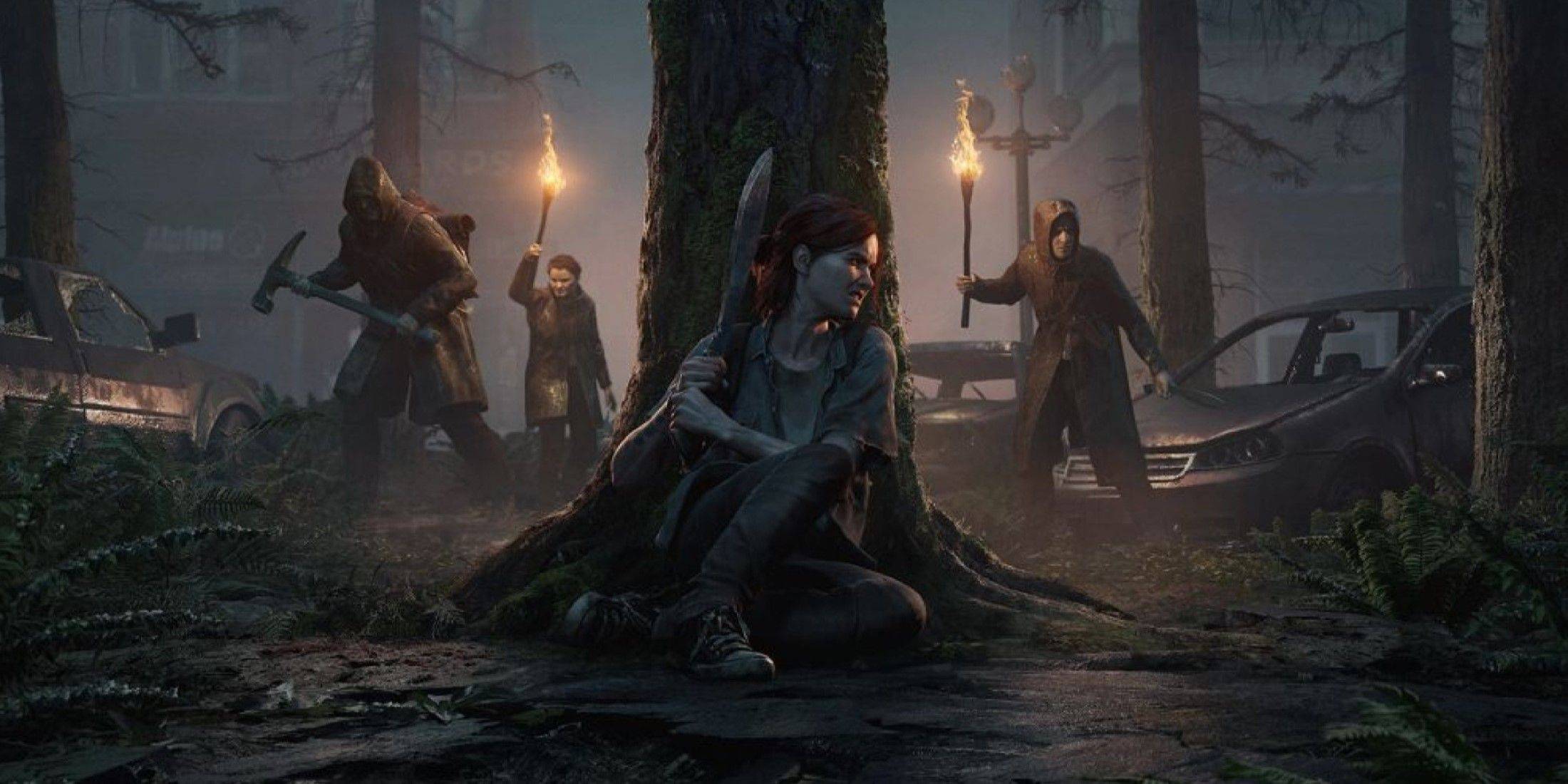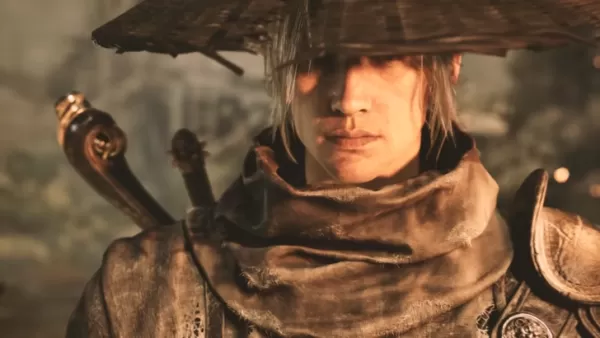Doom: The Dark Ages - A Halo Moment
- By Simon
- May 19,2025
During a recent hands-on demo of Doom: The Dark Ages, the gothic prequel from id Software, I found myself unexpectedly reminded of Halo 3. Midway through the demo, I was perched atop a cyborg dragon, raining down machinegun fire on a demonic battle barge. After taking out the vessel's defensive turrets, I landed my beast on the ship, stormed its lower decks, and turned the crew into a red slush. Moments later, I burst through the hull, leaping back onto my dragon to continue my crusade against Hell's machines.
Fans of Bungie's iconic Xbox 360 shooter will recognize the similarity to Master Chief's assault on the Covenant's scarab tanks. While the Hornet has been replaced with a holographic-winged dragon and the laser-firing mech with an occult flying boat, the essence of the experience remains: a thrilling aerial assault followed by a devastating boarding action. Surprisingly, this wasn't the only Halo-like moment in the demo. While The Dark Ages retains Doom's unmistakable combat core, its campaign design reflects a late-2000s shooter vibe, with elaborate cutscenes and a push for gameplay novelty.
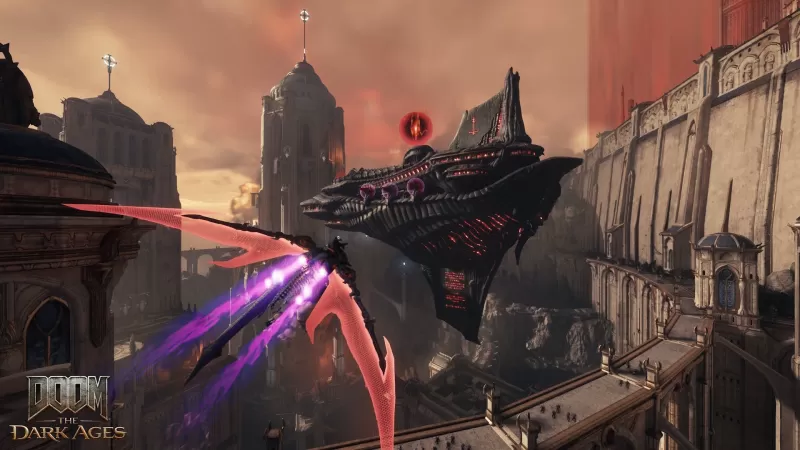
Over the course of two and a half hours, I played through four levels of Doom: The Dark Ages. Only the first level, the campaign opener, mirrored the tightly paced, intricately designed levels of Doom (2016) and its sequel. The others featured me piloting a colossal mech, flying the dragon mentioned earlier, and navigating a vast battlefield filled with secrets and powerful minibosses. This marks a significant departure from Doom's traditional focus on mechanical purity, instead echoing the likes of Halo, Call of Duty, and even old James Bond games like Nightfire, which rely heavily on scripted setpieces and novel mechanics.
This direction is intriguing for Doom, considering the series once took a sharp turn away from such elements. The cancelled Doom 4 was set to resemble Call of Duty, not just in its modern military aesthetic but also in its emphasis on characters, cinematic storytelling, and scripted events. After years of development, id Software abandoned these ideas in favor of the more focused Doom (2016). Yet, here we are in 2025, seeing their return in The Dark Ages.
The campaign's rapid pace is punctuated by new gameplay ideas reminiscent of Call of Duty's most innovative moments. My demo began with a lengthy, elaborate cutscene reintroducing the realm of Argent D'Nur, the opulent Maykrs, and the Night Sentinels, the Doom Slayer's knightly comrades. The Slayer himself is portrayed as a terrifying legend, a nuclear-level threat on two legs. While this lore will be familiar to Doom enthusiasts, the deeply cinematic approach feels fresh and reminiscent of Halo. This continues into the levels, with NPC Night Sentinels scattered throughout, akin to UNSC Marines. Though they don't fight alongside you, their presence adds to the sense of being part of a larger force, much like Master Chief.
The introductory cutscene is rich with character work, and it remains to be seen whether this is something Doom needs. Personally, I preferred the subtler storytelling of the prior games, conveyed through environment design and codex entries, with cinematics reserved for major reveals like in Eternal. However, the cutscenes in The Dark Ages serve their purpose well: they set up missions without interrupting the game's intense flow.
Other interruptions come in the form of varied gameplay. After the opening mission, which starts with pure shotgun slaughter and ends with parrying Hell Knights using the Slayer's new shield, I found myself in the cockpit of a Pacific Rim-like Atlan mech, wrestling demonic kaiju. Then, I soared through the skies on the cybernetic dragon, taking down battle barges and targeting gun emplacements. These tightly scripted levels create a significant shift, introducing gameplay ideas reminiscent of Call of Duty's standout moments, such as the AC-130 gunship sequence in Modern Warfare or the dogfighting missions in Infinite Warfare. The Atlan feels slow and heavy, with Hell's armies resembling Warhammer miniatures from the skyscraper-high perspective. The dragon, on the other hand, is fast and agile, offering a different experience that feels far removed from classic Doom.
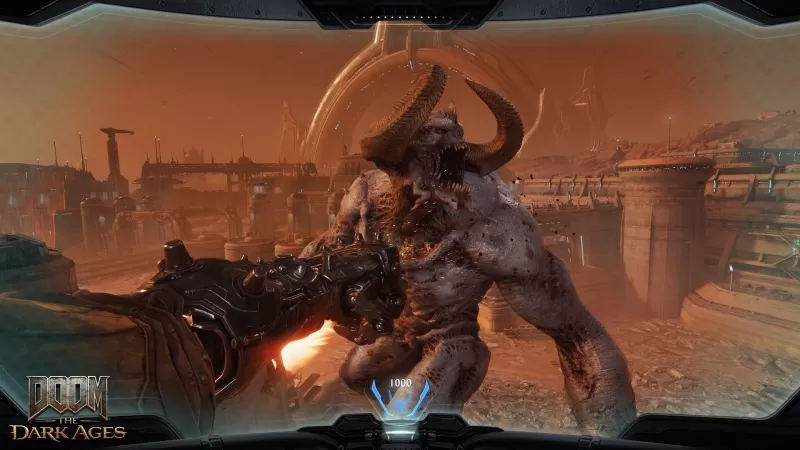
Many of the best FPS campaigns thrive on such variety. Half-Life 2 and Titanfall 2 set the standard, while Halo's mix of vehicular and on-foot sequences adds rich texture to its gameplay. However, I'm uncertain if this approach will work for Doom. Like Eternal, The Dark Ages is a wonderfully complex shooter, demanding constant attention as you juggle shots, shield tosses, parries, and brutal melee combos. In contrast, the mech and dragon sequences feel stripped back and almost on-rails, with combat engagements resembling QTEs.
In Call of Duty, switching to a tank or a circling gunship works because the mechanical complexity isn't far removed from the on-foot missions. In The Dark Ages, however, there's a clear divide between gameplay styles, akin to a middle school guitar student playing alongside Eddie Van Halen. While Doom's core combat will always be the star, when I'm beating a giant demon with a rocket-powered mech punch, I shouldn't be longing to return to the ground with a "mere" double-barrelled shotgun.
My final hour of play introduced "Siege," a level that refocuses on id's best-in-class gunplay but opens up Doom's typically claustrophobic level design into a vast battlefield. The goal of destroying five Gore Portals echoes Call of Duty's multi-objective missions, yet it reminded me once more of Halo, with its grand scale contrasting the tighter routes of the opening level. This larger space requires you to rethink the effective range of every weapon, employ charge attacks to close vast distances, and use the shield to deflect artillery from oversized tank cannons.
The downside of expanding Doom's playspace is the potential for unfocused gameplay. I found myself backtracking and looping through empty pathways, which can disrupt the pace. To maintain momentum and integrate the dragon more fully, I'd like to see The Dark Ages incorporate it like Halo's Banshee, allowing players to fly across the battlefield, rain down fire, and dive into miniboss battles.
Despite the overall structure of the full campaign being uncertain, I'm fascinated by the revival and reinterpretation of ideas once deemed unsuitable for the series. Very little of the cancelled Doom 4 was public, but a 2013 Kotaku report described it as having "a lot of scripted set pieces," including an "obligatory vehicle scene" - exactly what we see in the Atlan and dragon sections of The Dark Ages.
In a 2016 Noclip interview, id Software's Marty Stratton confirmed that Doom 4 was closer to Call of Duty, with more cinematic elements, story, and characters. These ideas were scrapped, yet they've resurfaced in The Dark Ages, which features large boarding action setpieces, lush cinematics, a wider cast, and significant lore reveals.
The question remains: were these ideas always a bad fit for Doom, or were they just ill-suited when they mimicked Call of Duty too closely? While I share the skepticism of fans who once decried "Call of Doom," I'm also excited to see id Software potentially making this approach work by integrating it with the modern Doom formula.
The core of The Dark Ages remains its visceral, on-foot combat. Nothing in the demo suggested it wouldn't be the centerpiece, and everything I played confirmed it's another fantastic reinvention of Doom's core. This alone could carry the entire campaign, but id Software clearly has other plans. I'm surprised that some of the studio's new ideas feel mechanically thin, and I worry they might dilute rather than enhance the experience. However, there's still much to see, and only time will tell how these demo missions fit into the larger picture. I eagerly await May 15th, not only to return to id's unrivaled gunplay but also to satisfy my curiosity: Is Doom: The Dark Ages a compelling late-2000s FPS campaign or a disjointed one?
Related Articles
More >-

- Jump King mobile expands globally, adds DLCs
- 10/14,2025
-

- FAU-G Hits 5M Downloads in One Month
- 10/16,2025
-
-
-

Latest News
more >-

-
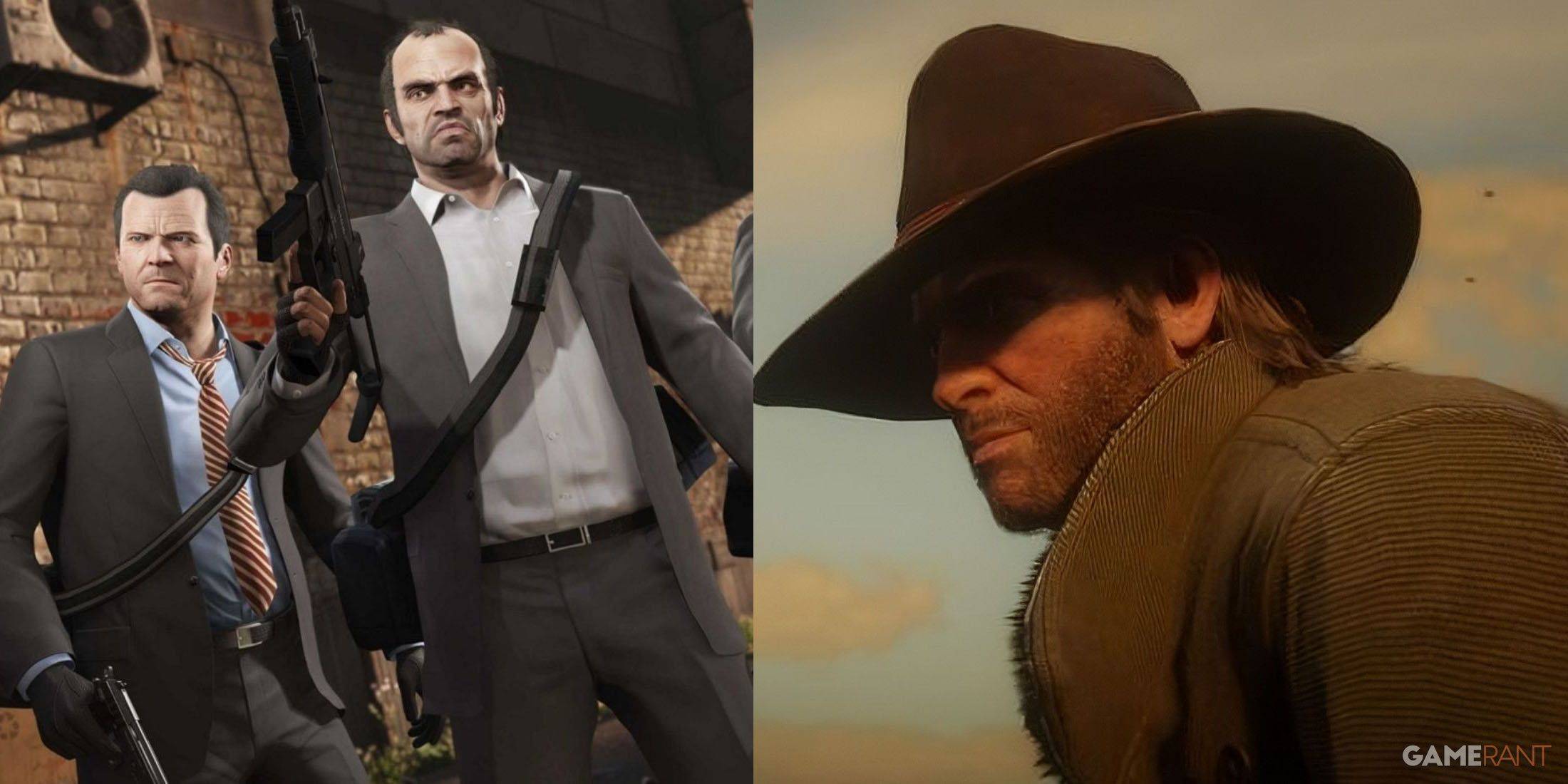
- Red Dead 2, GTA 5 Sales Stay Strong
- Dec 21,2025
-
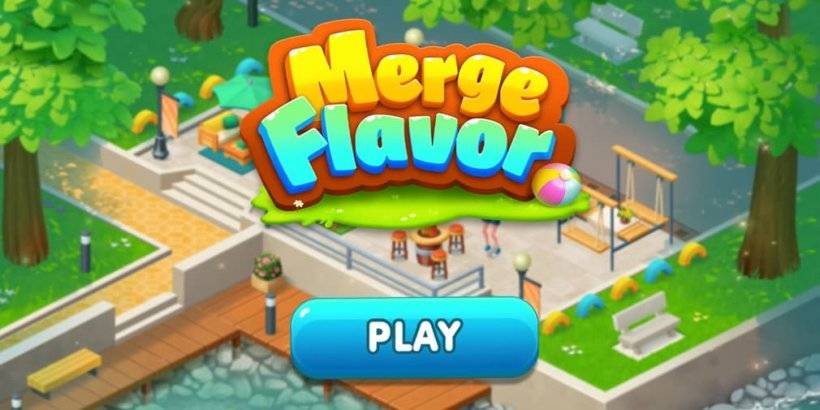
-
-
